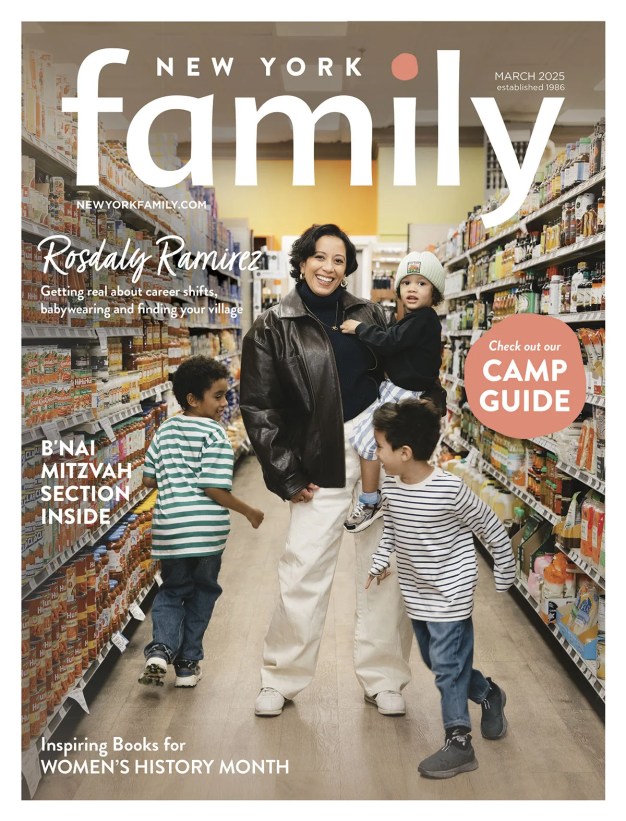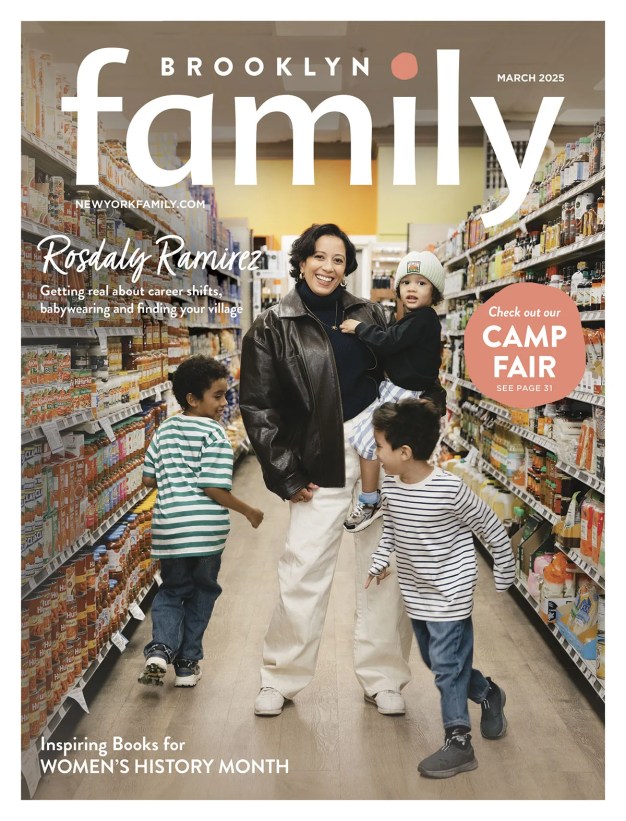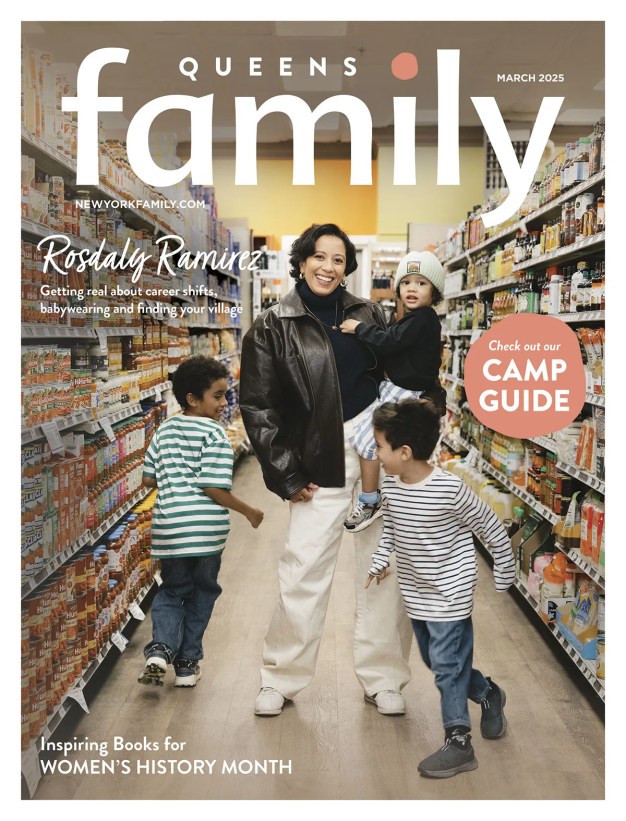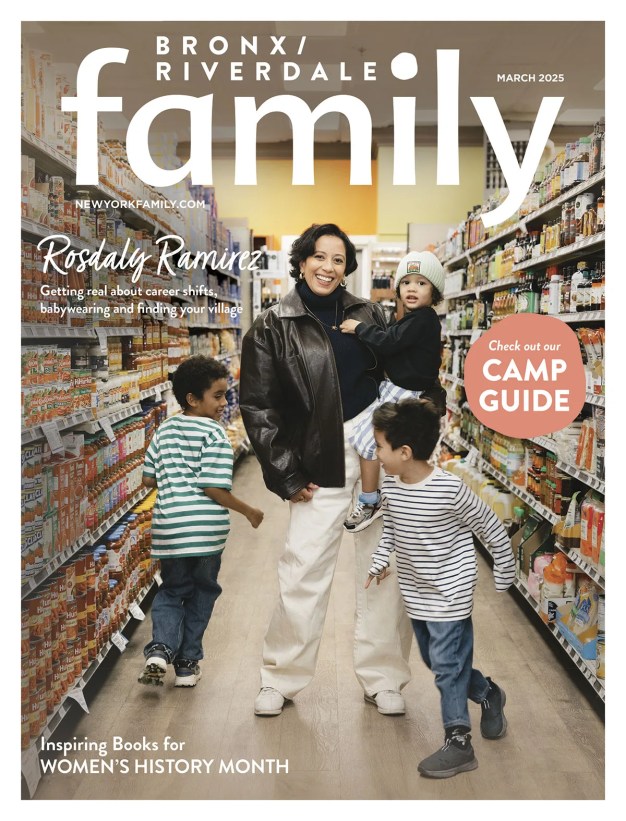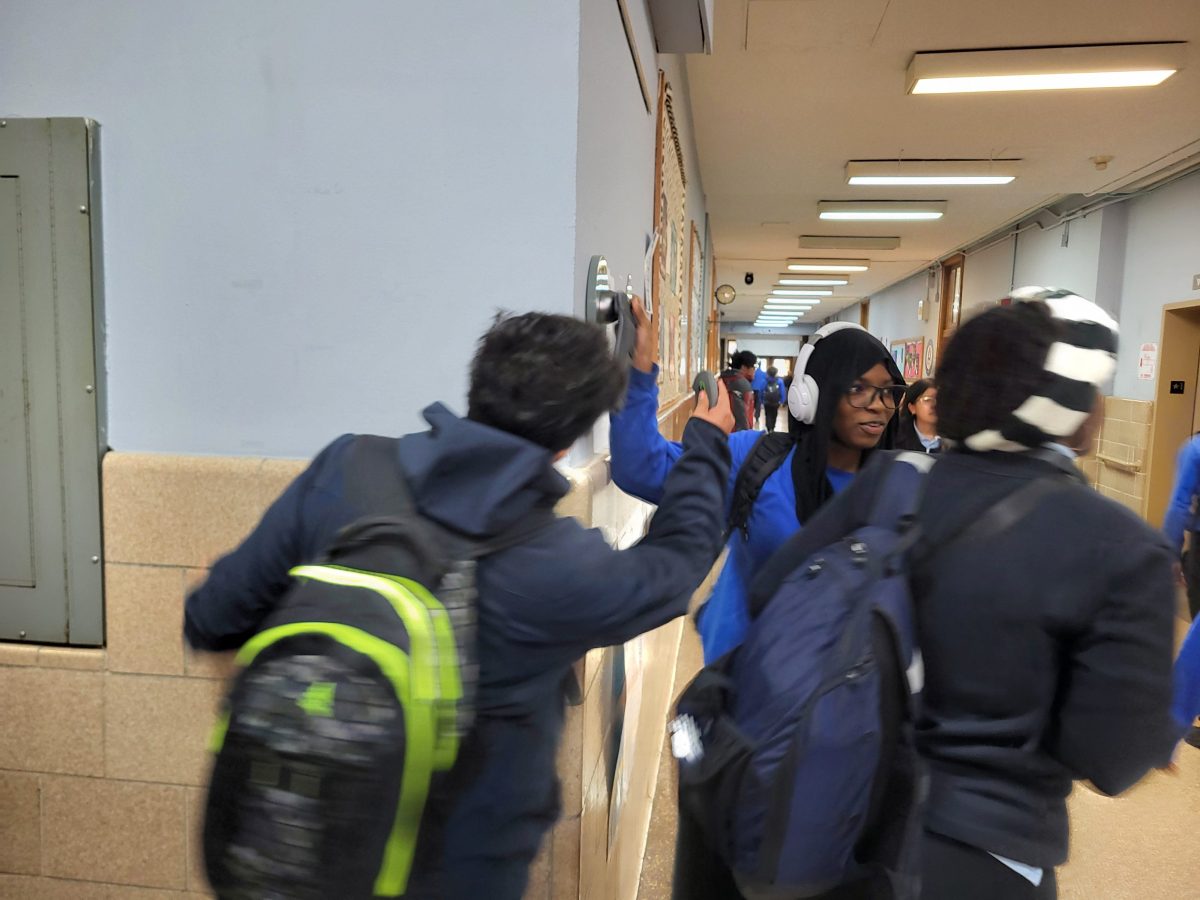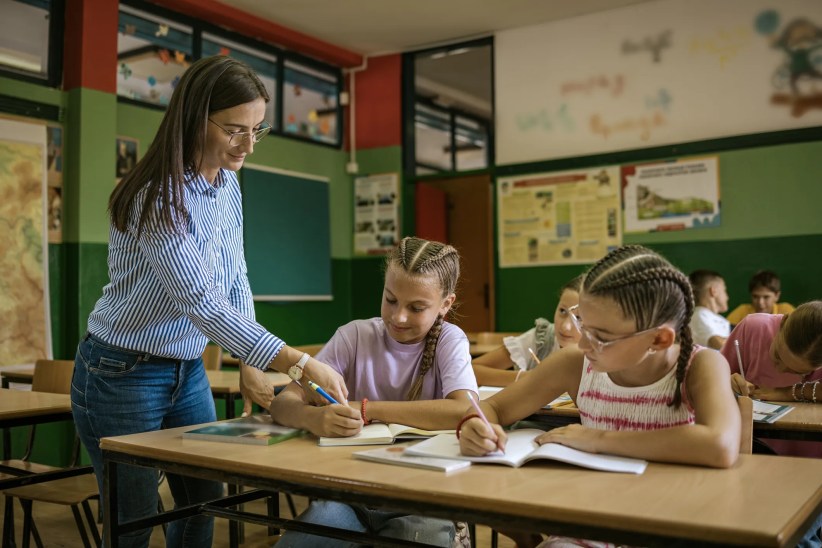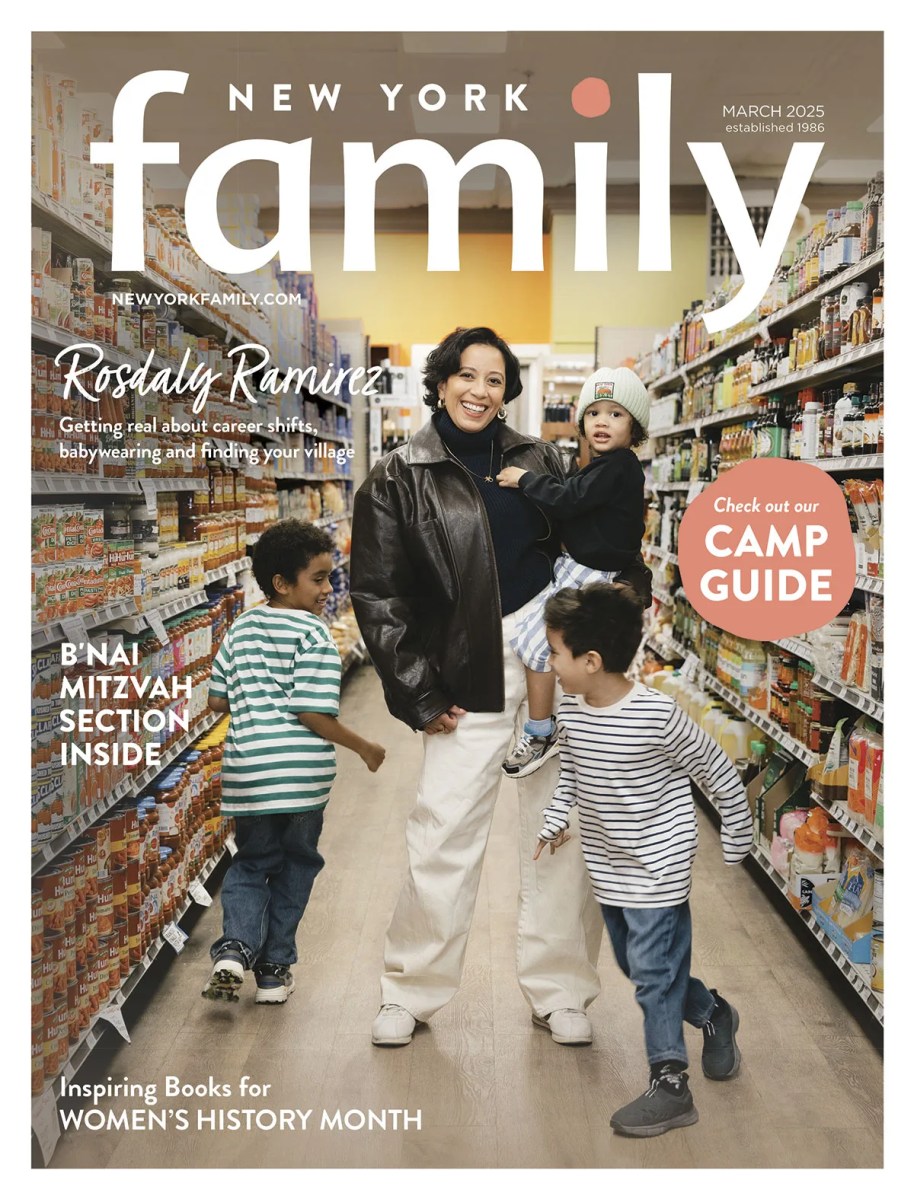
If there is one thing that New York City parents have in common, it’s the belief that knowing a second language is an important cornerstone in a child’s education. Being familiar with another language helps children become familiar with the world outside of their classroom, but knowing how to say words in Spanish or form sentences in Chinese isn’t enough.
Language is more than just nouns, verbs, and adjectives. Language is influenced by the culture it derives from.
Take Spanish for example, a language that is considered critical for our children to master before becoming adults. Spanish is often taught in a regular classroom setting during the school day or with a tutor, using textbooks, flash cards, and pictures to try and encourage learning. While these older forms of language education have been proven to work, it seems a bit to plain to limit a language linked to such a colorful, vibrant, and flavorful culture to just flashcards and picture books. Plus, children can better visualize what they are learning and incorporate their teachings into their daily lives when the lessons are more relatable.
That’s why educational programs around the city are taking another step forward to provide their students with alternative ways to learn languages, like teaching kids about food and food groups in French by having them cook in French, or having kids learn how to pronounce Spanish words by singing them to the tune traditional music, or learning about Chinese art and language through painting and origami classes. By physically immersing themselves in the culture, a second language can become a part of a child’s everyday life.
“There are so many cognitive, academic and social benefits of learning a second language at an early age. It connects children to their heritage, improves academic performance, benefits brain development, increases confidence, and raises cultural awareness,” says Carina Zimmerman, co-founder of TLB Music, which teaches both Spanish and French language immersion music classes. “Instead of translating our English music classes, our language music classes are designed by native speakers. By exposing students to the favorite children’s stories, songs and nursery rhymes of a particular culture, children gain cultural sensitivity, giving them a greater opportunity to master the language they are learning.”
The academic, cognitive, and social benefits of learning a second language at an early age are immeasurable, and Zimmerman’s belief that language connects children to their heritage, improves academic performance, benefits brain development, increases confidence, and raises cultural awareness is an ideal shared by many of the city’s top language education facilities.
“Culture, whether music, film, theater or art, gives children a context for learning a language, so important for language learning and acquisition,” says Elisabeth King, director of communications at Lycée Français de New York, and English and French bilingual school. “Certainly, encouraging children to open up to a new culture has significant benefits beyond language learning. It helps them learn new perspectives, fosters empathy, and prepares them for the globalized, connected world in which we live.”
So, how do schools go about engraining secondary languages into the minds of New York City’s youth?
“We have many programs depending on the specific age of the children. A good part of the program’s uniqueness is The Thibaut Technique, which takes into account the different styles of learners; lookers, listeners, and movers. It does this by engaging the children emotionally through play, because we believe that children remember what makes them happy,” says François Thibaut, founder and program director of The Language Workshop for Children. “One of the favorite programs of many parents is our preschool alternative, Two Terrific Three Fantastic; which is overseen by a teacher certified in Early Childhood Education. In this program, we incorporate many activities like yoga conducted in Spanish, music in French, and baking in English. These activities are blended with The Thibaut Technique found in our Language Workshop for Children courses.”

“It is essential for children to learn about a Chinese culture while learning Mandarin,” says Irene Sauking Coeny, founder of Planet Han Mandarin Chinese. “By making dumplings and noodles with the students and speaking Mandarin, we bring the students to a whole new world where they will learn cultural and fun facts about China. During the Chinese New Year, we host a Fun Fair where families come and play zodiac games, make dumplings, do lion dance, tell a fortune, write Chinese calligraphy and get red pockets to celebrate the biggest day in Chinese culture. At our summer camp, we teach a Chinese dynasty where students learn about Chinese emperors, history, famous people, palace life, inventions, famous novels through acting and games. One day, when students get the chance to visit China, they will a natural!”
“Learning about French culture allows students to contextualize the language while creating authentic opportunities for them to practice,” says Anne Bellec, director of preschool and à petits pas programs at French Institute Alliance Française (FIAF), which include dance, science, music, theater, and yoga programs all taught in French. “For example, students in our cooking workshop learn vocabulary based on what they’re cooking and how they are cooking it, while at the same time learning about the important role that food and etiquette play in French culture. Additionally, students who have an interest in French culture are more driven to continue learning and expanding their horizons.”
A love of language and culture is not only something that every parent wants for their children, but it is a philosophy that helps our city evolve and thrive every day. Thanks to dedication language professionals and a variety of creative, intensive, and culturally-driven educational offering available for NYC kids, the next generation of bilingual learners can start to develop a passion for culture that will impact their lives forever.
